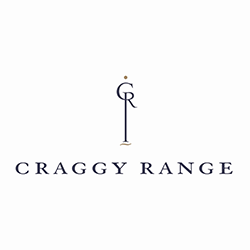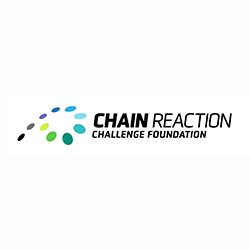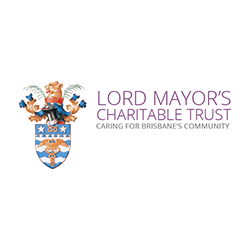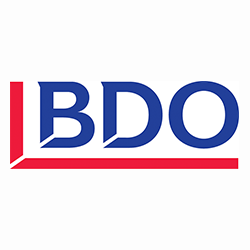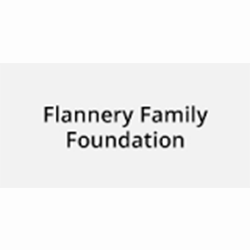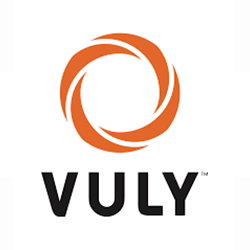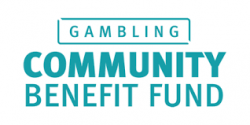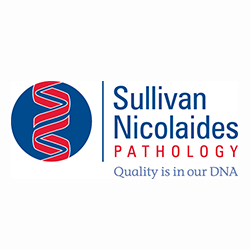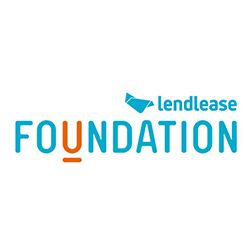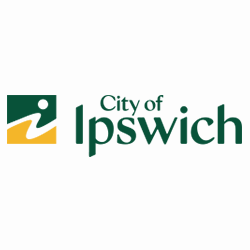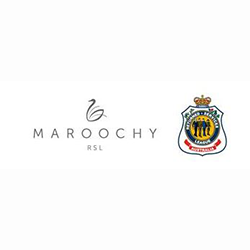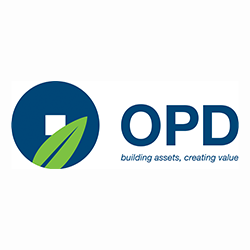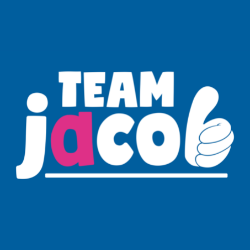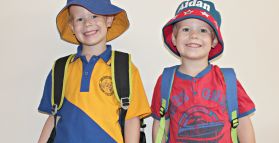
Part 1: How do you know if your child is ready?
Welcome to the first in our 3 part series on supporting your child with autism in the transition to school. In this series, we’ll be sharing insights from our teaching team, who have helped many family’s manage the process of moving from early intervention to a new school, whether that be a mainstream environment or a special school.
Our first post in this series will focus on how to know if your child is ready to transition to school, with insights from Ashlea McClaer from our Nathan Campus.
The first question to ask is if your child is ready for school. Your core team at AEIOU will be clear about your child’s strengths and areas for development and will communicate with you about your child’s readiness for this big step, helping you identify the most appropriate time to plan for your child’s transition. This transition plan and process will be individual to your child, your family and the school setting they will be transitioning into.
Here are just some of the criteria we take into consideration, keeping in mind that every child’s journey is different:
- Communication - What is your child’s preferred method of communication? What is your child’s level of expressive and receptive communication? Communication is used to engage with and teach your child. A child needs to be able to follow instructions and understand what the teachers are saying, as well as being able to communicate well with teachers and other students using their mode of communication e.g. Proloquo2go or PECS.
- Social interaction - How does your child respond to others within their immediate space? Does your child show an interest in initiating and maintaining social interactions with others? Is this supported or independent? A child needs to be able to socialise and play with their classmates. They also need to be able to deal with the structured nature of a more formal learning environment, such as being made to focus on tasks, follow directions and instructions from teachers, cope with transitions, and understand the rules.
- Self-help - What level of assistance does your child require for personal care tasks such as toileting, washing their hands, blowing their nose and applying sunscreen? Do you have concerns in regards to your child’s personal safety, for example, climbing, exploring, escaping, or opening gates to name a few. A child needs a range of skills so that they can cope with minimum adult supervision. This includes going to the toilet by themselves, dressing, and being able to follow a structured classroom routine.
AEIOU Foundation has also joined Autism Queensland and the Queensland Government to establish an online resource tool for parents and educators to support school transition. Visit http://education.qld.gov.au/asd-online-resource-kit/transition/transition_booklet.html for more information into the transition process, or contact your centre manager if you would like more information on your child’s readiness for transition.
Be sure to visit us next week, when we’ll be sharing some important tips for choosing the right school for your child.
Got a great transition story, or want to know more? Leave a comment below!



